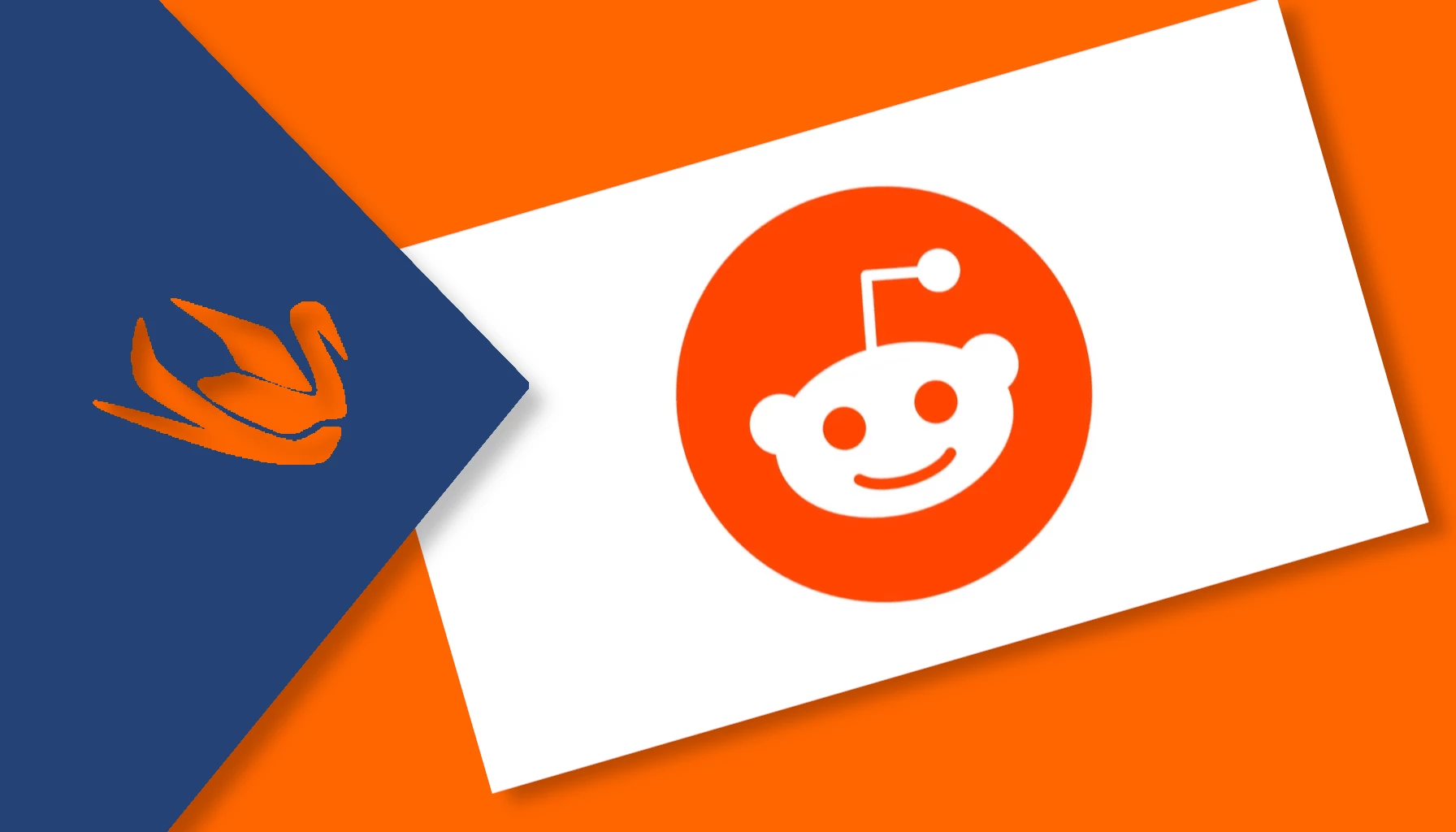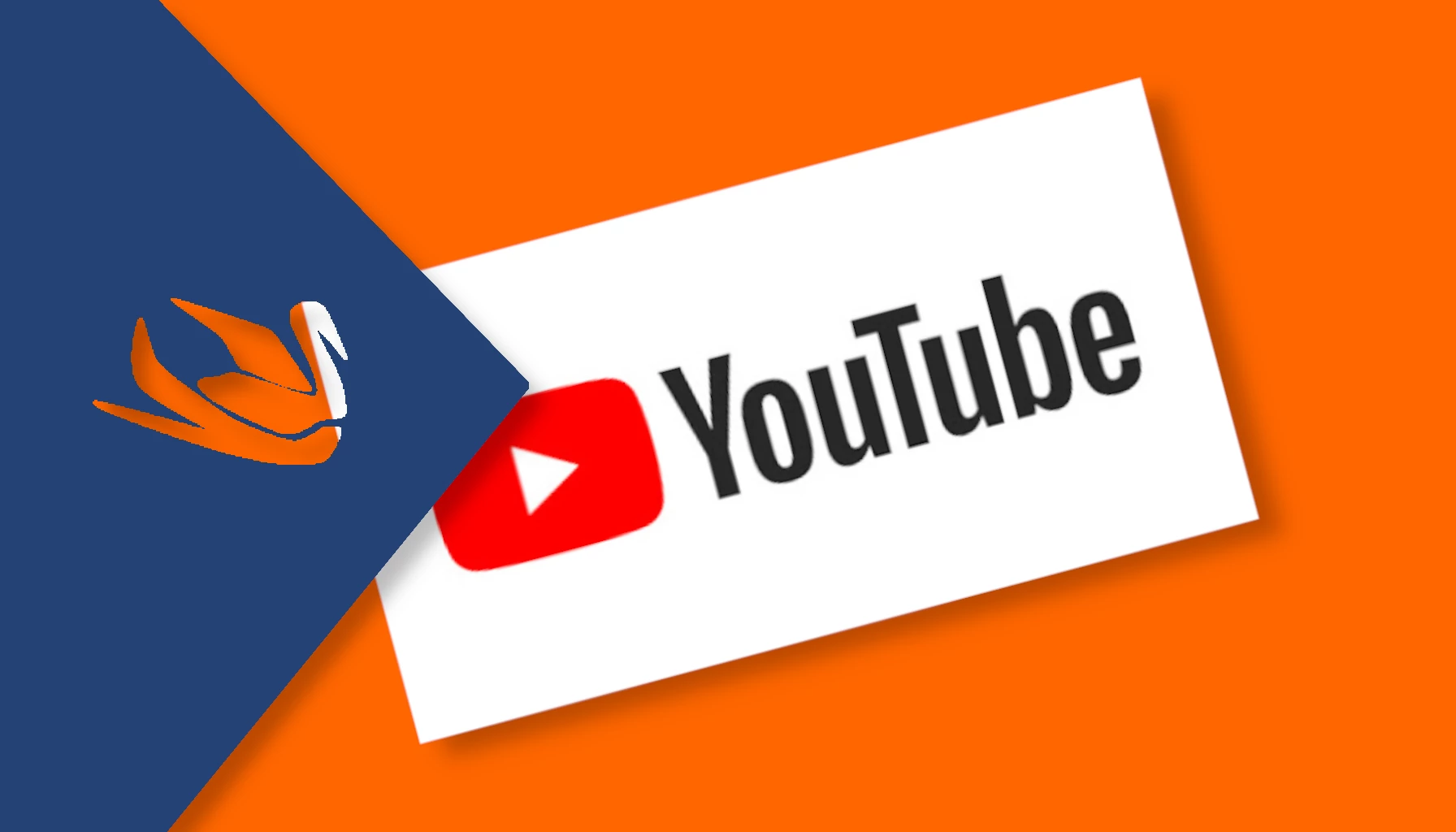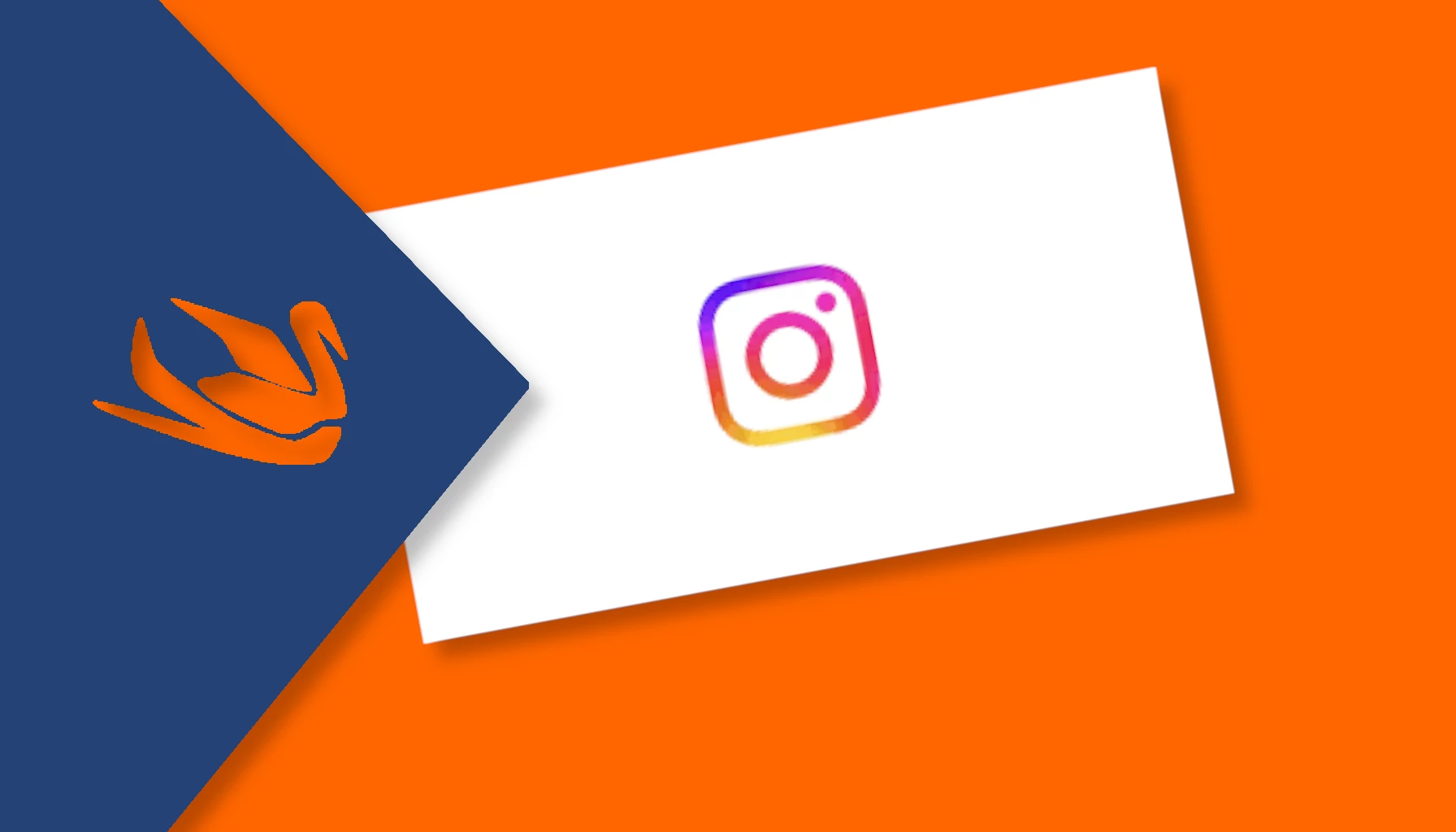Category: Blog
-
Meta challenges Google and Bing with AI Search Engine
Meta announces new AI-powered search engine to compete with Google and Bing and revolutionize online search. In an announcement that aims to change the landscape of online search , Meta has revealed plans to develop an artificial intelligence -powered search engine . The project aims to challenge giants Google and Bing by offering a more personalized and intuitive search experience for users, according…
Written by
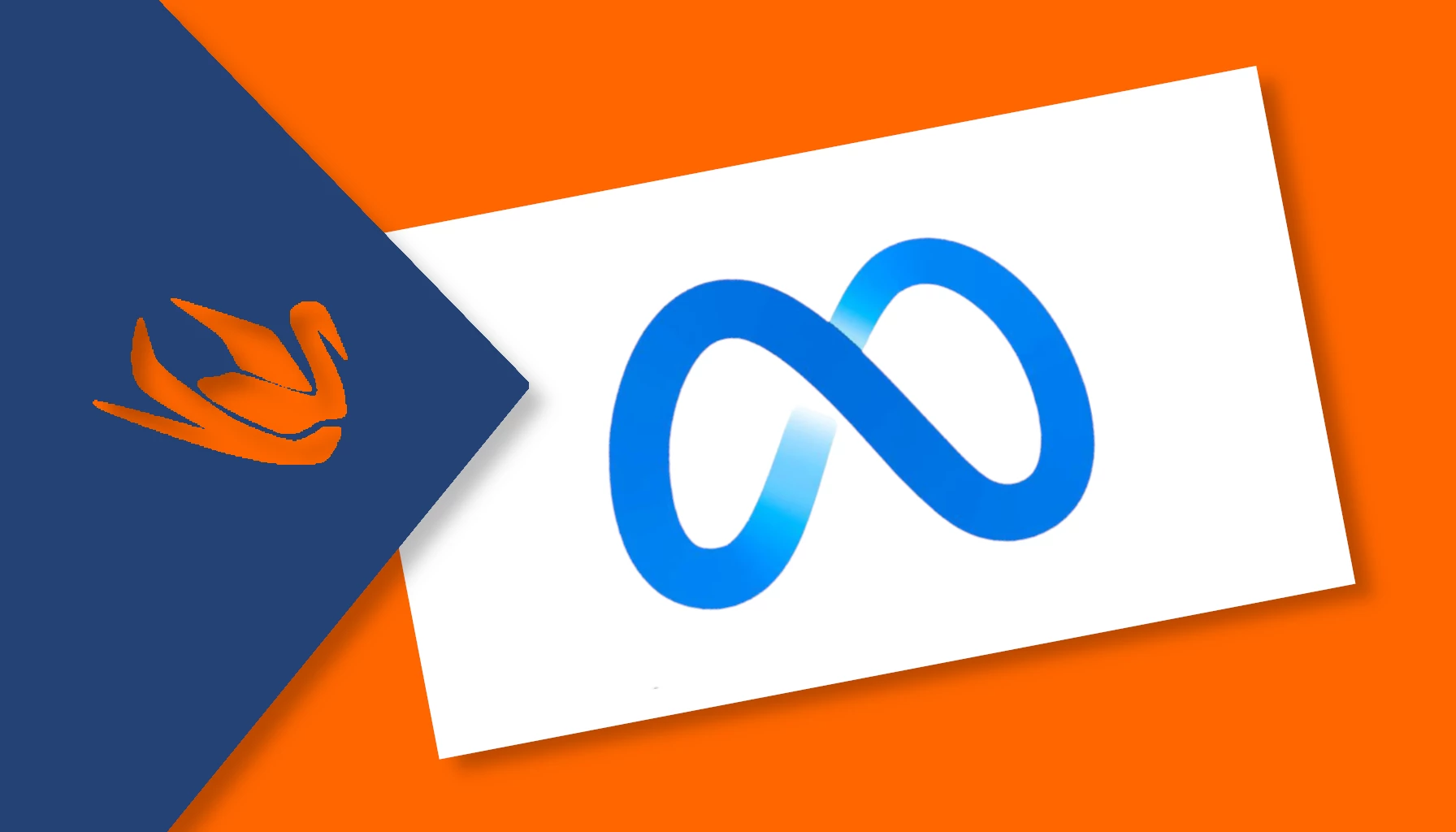
-
Google Project Jarvis. A new AI assistant to manage your browser
Introducing Project Jarvis. An AI designed to automate everyday web tasks: Google’s Project Jarvis takes action-based AI to the next level. Google is working on a new artificial intelligence system aimed at simplifying daily web tasks for users. The project, called Jarvis, is designed to “take over the browser” and perform tasks independently. According to…
Written by
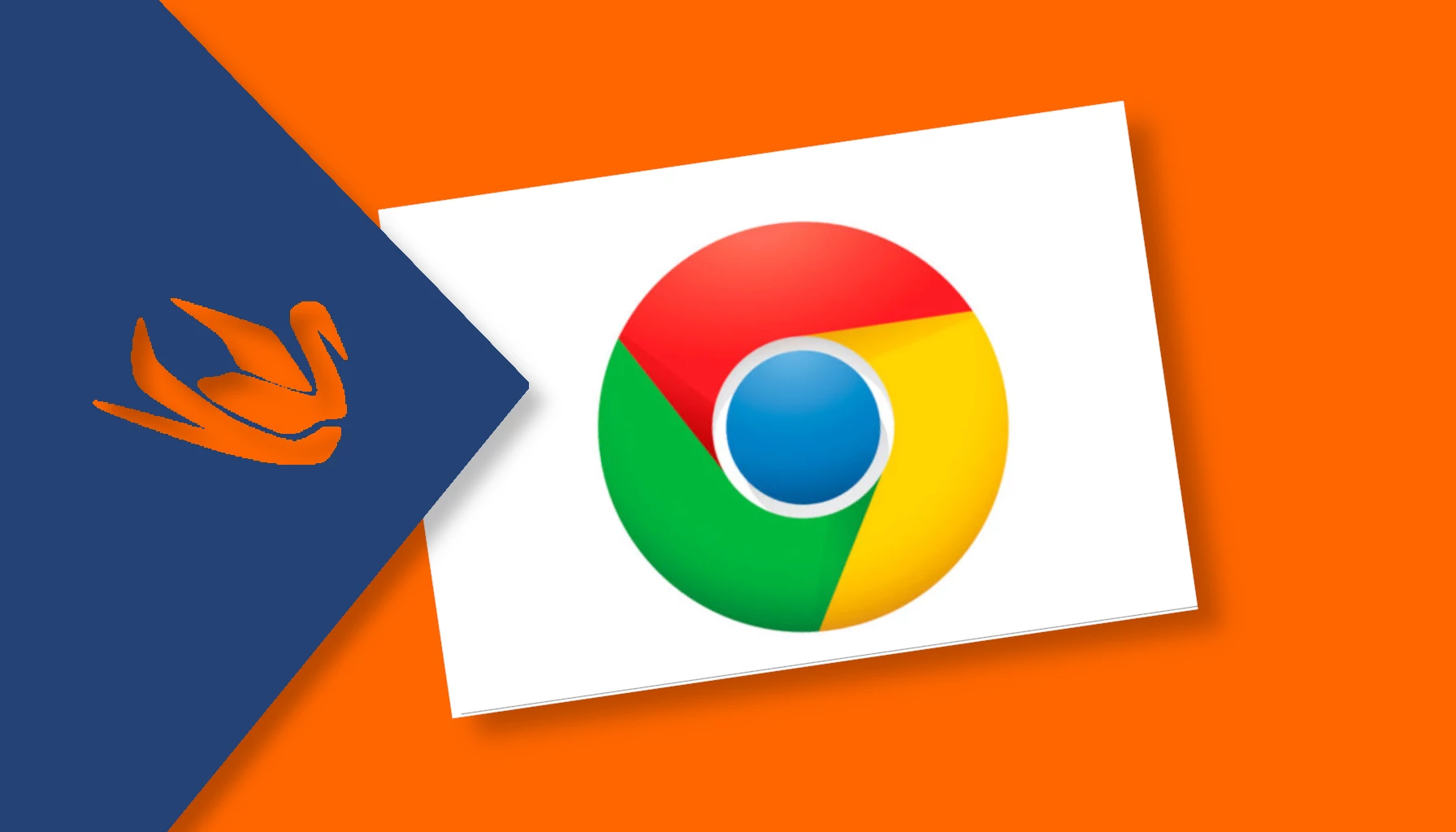
-
SEO for Lawyers: how to attract new clients online
Learn how a strong digital presence can help your law firm expand its client base and succeed in a competitive market. As with any business, a law firm’s primary goal is to expand its client base. Traditionally, word-of-mouth referrals from satisfied clients would bring new clients to the firm. In today’s fast-paced digital world, however,…
Written by
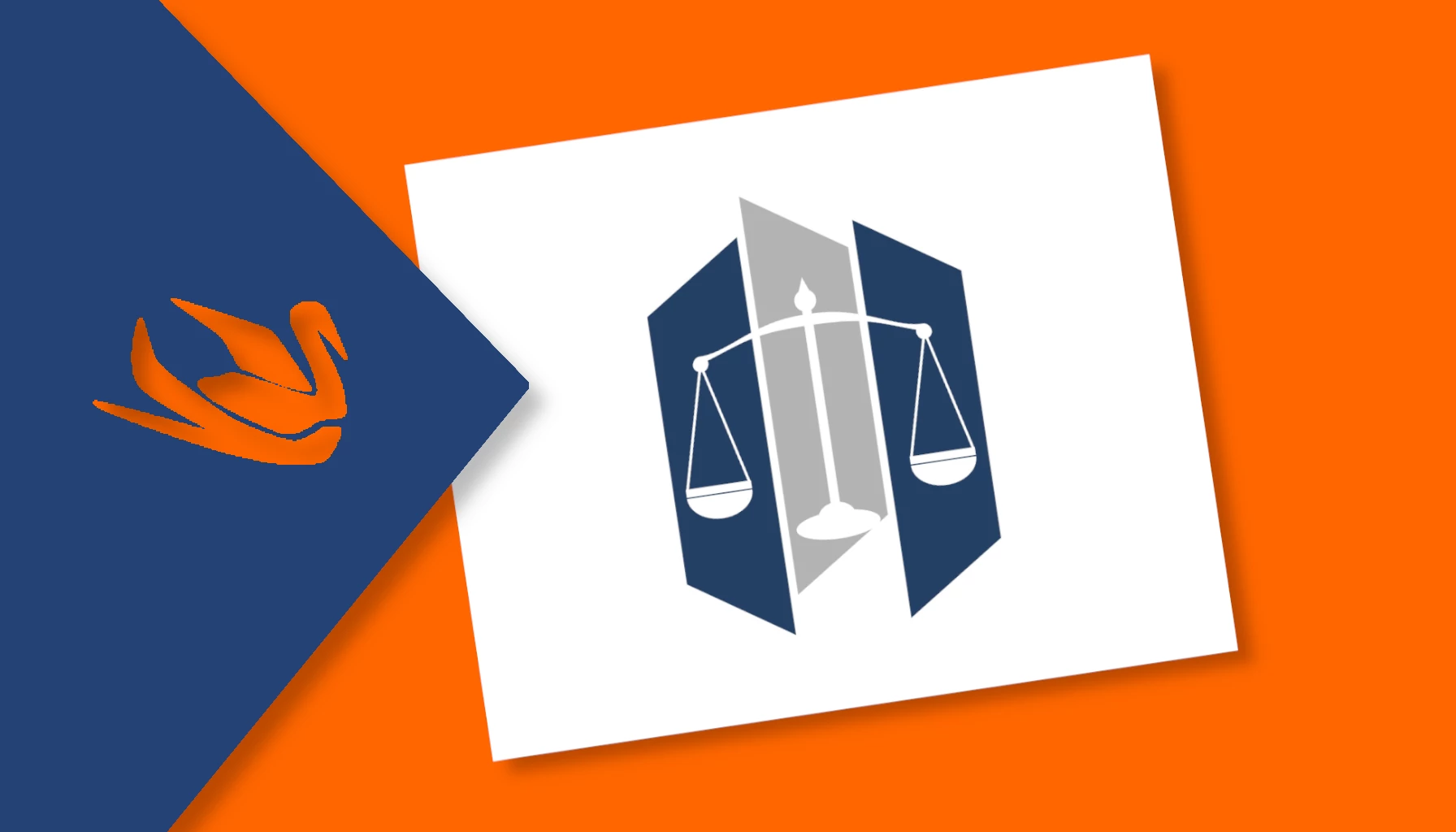
-
Gemini 2.0 is coming? Rumors and expectations on the new update
OpenAI and Google ready to launch new AI models: is Gemini 2.0 and Project Astra about to revolutionize the market? Gemini 2.0 and the new AI landscape In recent days, speculations about the imminent arrival of Gemini 2.0 have sparked interest in the tech world. Until a few days ago, there was talk of a…
Written by
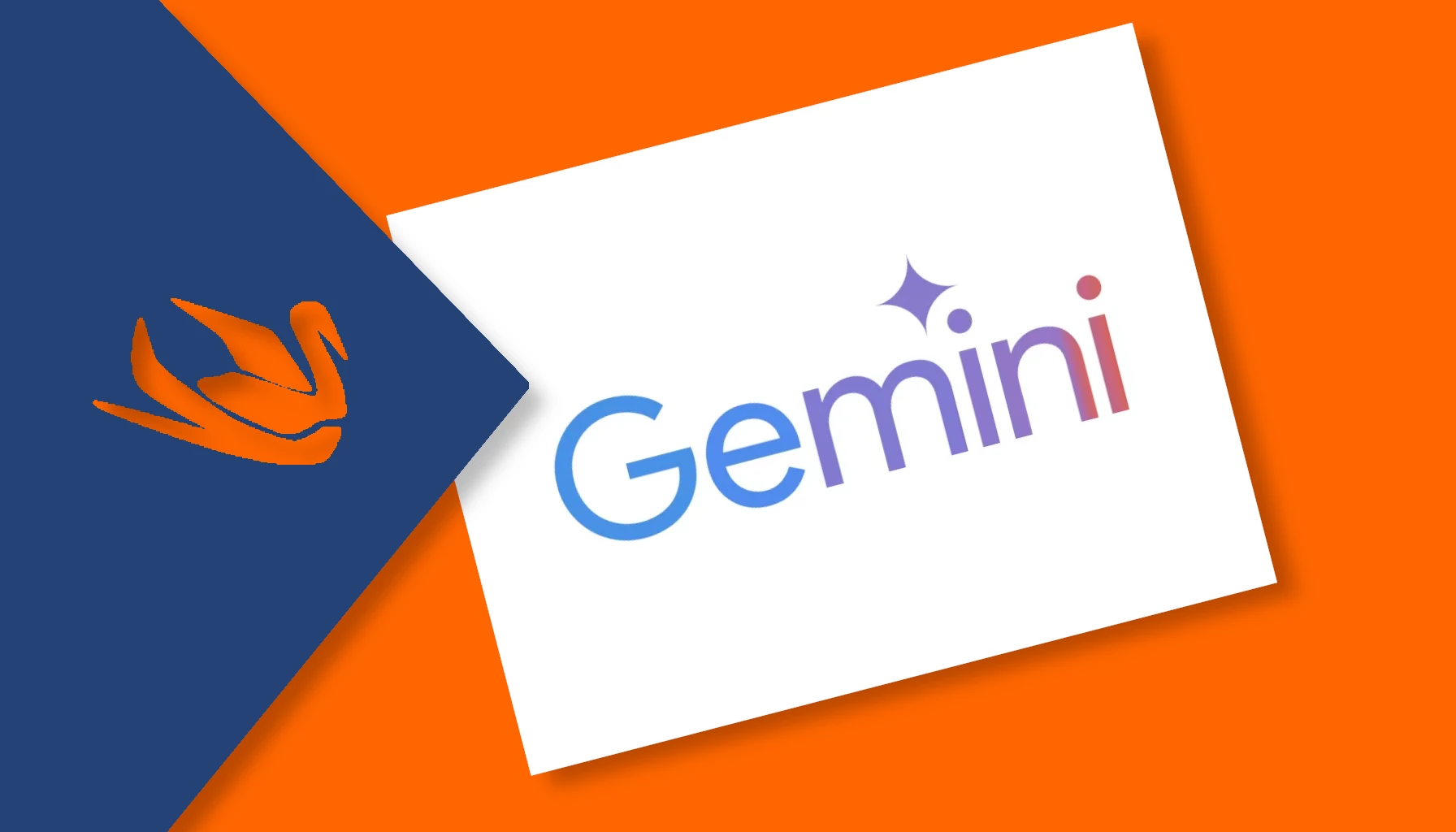
-
Ask.fm, the anonymous question and answer service, will shut down on December 1st
The popular Q&A platform, launched in 2010, announces its official shutdown by the end of the year. The closure announcement: the end of Ask.fm The well-known anonymous Q&A service, Ask.fm, has officially announced its shutdown scheduled for December 1, 2024. Founded in Latvia in 2010 as an alternative to similar platforms, Ask.fm once reached a…
Written by


